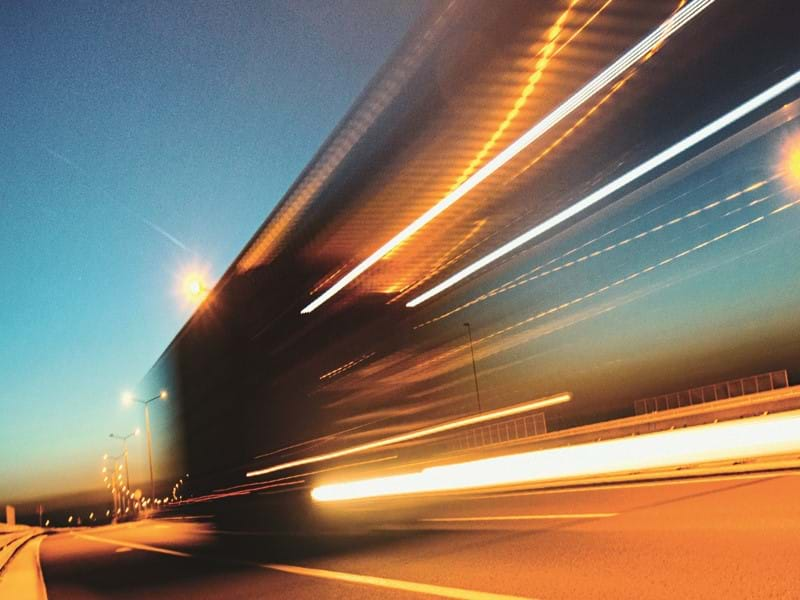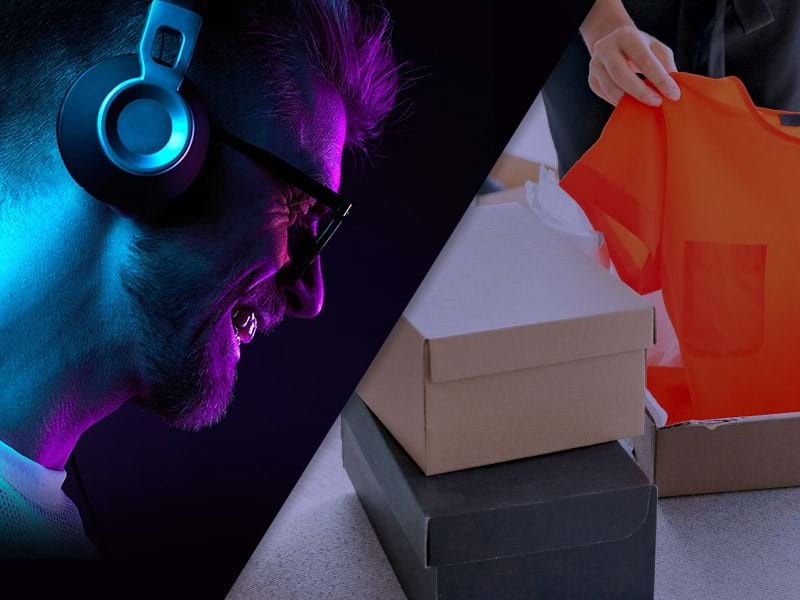Revolutionising Last Mile Delivery: How Technology is Changing the Industry

WHAT IS LAST MILE LOGISTICS?
Last mile logistics, sometimes called final mile logistics, refers to the last step in the logistics cycle. It typically consists of a package’s trip from its last distribution hub to the end customer’s door. That could mean the package travels down the street or a hundred miles or more.
Almost every single company that offers physical products utilises last mile delivery in some capacity. This part of the logistics cycle is particularly important to ecommerce retailers as every ecommerce sale requires last mile delivery services.
WHY IS FINAL MILE LOGISTICS IMPORTANT FOR BUSINESSES?
Ecommerce is booming, and that means last mile delivery is, too. When Amazon began offering 2-day shipping in 2005, they opened the door to new, more demanding customer expectations. Other companies rushed to develop new delivery models that would allow them to meet those customer expectations, maintain customer satisfaction and avoid losing retail market share.
One of the main reasons that last mile fulfilment is such a sticking point for companies is its importance in customer perception. Last mile delivery is often the only physical touchpoint a company has with the customer (in the case of ecommerce, especially), and customers’ opinions of a company are heavily influenced by their delivery experience.
Because final mile logistics has become such an important differentiator for companies, both from customer experience and bottom-line perspectives, technologies have emerged in the past several years to help companies cope with the challenges associated with last mile logistics.
HOW IS TECHNOLOGY CHANGING LAST MILE LOGISTICS?
Technology has played a huge role in the development of more efficient, sustainable last mile delivery operations.
TECHNOLOGY IS MAKING THE FINAL MILE MORE EFFICIENT
Routing software has been upgraded to account for today’s last mile fulfilment demands and helps get drivers closer to their destination by using GPS tracking - ensuring accurate delivery. This modern software differs from years past in that it is dynamic and able to adjust based on each day’s haul rather than sending a driver on a static route.
Logistics technology also helps with the consolidation of shipments, which has played a big part in the evolution of more efficient last mile delivery services. Consolidation means that multiple shipments can be combined into one delivery. Amazon has mastered consolidation with their Amazon Delivery Day program, where customers can elect to have all their orders grouped into as few shipments as possible.
Consolidation works because it keeps the number of parcels that must be delivered through last mile carriers down, shifting some of those packages to what’s often referred to as the middle mile, which is more efficient and less expensive by nature. Complex in nature, companies should turn to technology that 3PLs, like SEKO, offer to manage their consolidation operations.
ADVANCED TRACKING TECHNOLOGIES GIVE SHIPPERS AND CUSTOMERS VISIBILITY
Just a decade ago, tracking a package through the last mile logistics cycle was a luxury. Now, it’s a necessity. Customers demand visibility, and shippers need visibility to ensure they’re meeting customer expectations and getting what service providers promise. Advanced tracking technologies allow shippers, customers, carriers, and the 3PLs that facilitate shipments to see where a package is from origin to the customer’s front door.
Proof of Delivery (POD) technologies for last mile mean customers can see when and where their package was delivered, and shippers can rest assured that they’ve fulfilled their commitment to their customers.
OMNICHANNEL SOLUTIONS
Today’s retailers have learned to be creative to get packages into consumers’ hands faster while keeping costs down. Omnichannel strategies, or utilising multiple fulfilment and delivery methods, have played a significant role. During the pandemic, many retailers stepped up their omnichannel efforts, resulting in a flood of new omnichannel technology solutions.
These new omnichannel strategies allow companies to fulfil orders from warehouses, stores and other distribution centres (dark stores, middle mile hubs, etc.) so products are physically closer to customers. This allows for faster delivery and a shorter final mile trip to the customer’s door. Technology that is either built for omnichannel fulfilment or can be customised to meet a company’s specific needs is critical to omnichannel success.
LAST MILE LOGISTICS CHALLENGES
- Customer demand has evolved faster than logistics networks - Customers now expect fast delivery and perfect service without paying for it. This has left small to mid-sized companies scrambling to keep up with expectations to maintain brand loyalty and sales revenues.
- It’s complicated - There are a lot of moving parts involved in final mile logistics, including a great deal of individual shipments needing to make their way to customers. Managing execution while keeping spend under control is a delicate dance.
- It’s expensive - Last mile is inevitable in ecommerce logistics, and associated high costs can make it difficult for small to mid-sized retailers to make ends meet. Needing to cut back on these costs while maintaining excellent levels of service, companies without a fully experienced supply chain management team must find ways to cut back on these costs while maintaining level of service.
- Last mile capacity can be hit or miss - Especially during peak season, it can be difficult to find a carrier who will take large quantities of last mile deliveries. Even companies with contracts for last mile services with traditional national parcel carriers struggle to find enough last mile capacity during seasons of increased demand.
- Supply chain visibility is hard to maintain - Companies must often maintain visibility across a network of transportation and logistics service providers. Visibility then relies on every provider across the supply chain to keep their information up to date and passed on.
- Last mile delivery can leave a hefty carbon footprint - As consumers rely more on in-home delivery, emissions are expected to increase. This makes last mile delivery a real concern for companies conscious of their carbon footprint.
HOW CAN SUPPLY CHAIN OPTIMISATION IMPROVE MY BUSINESS?
Representing a large portion of costs and carbon emissions, last mile distribution is a great place for companies to begin optimising their supply chain, becoming more efficient and more sustainable.
Last mile optimisation can help move companies towards key business goals, including reducing operating costs and greenhouse gas emissions, improving customer experience and expanding optionality for customers. In fact, supply chain optimisation may enable companies to offer affordable expedited shipping options, whether the consumer incurs those shipping costs or the company is folding those costs into their logistics budget.
Need a final mile partner to help set up a more efficient last mile logistics system? Reach out to the team at SEKO here.
INSIGHT DELIVERED DIRECT TO YOUR INBOX
WANT TO KNOW MORE?
Everything we do is designed to make our clients' lives easier - helping them to develop and maintain excellent relationships with their own customers. Let us know what business challenges you are facing, and we'll see what we can do to help.

